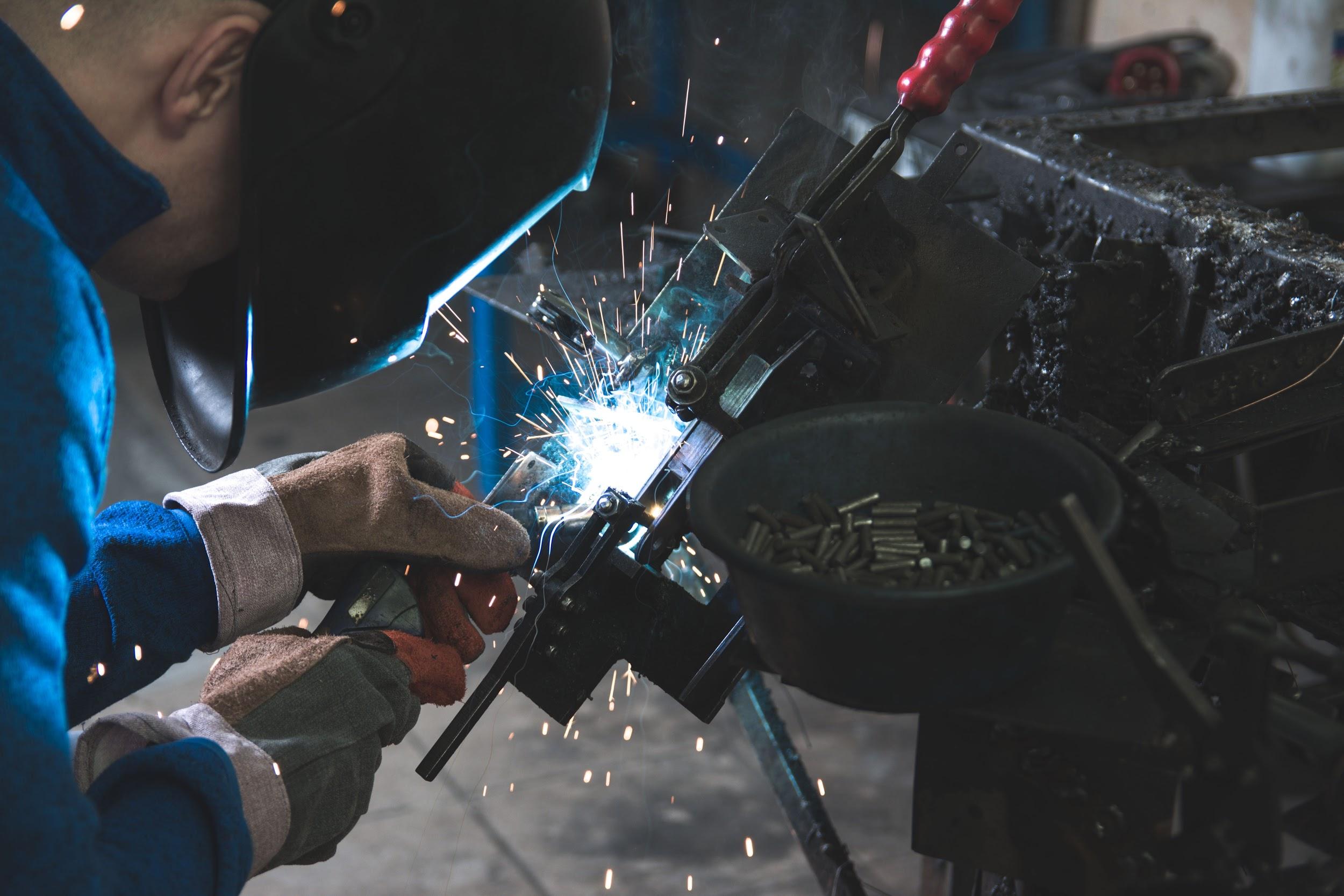How To Address Six Common Workplace Safety Hazards

Ensuring workplace safety is a must for every organization to operate smoothly and without disruptions or hefty costs. In order to do so, organizations hire safety professionals, and their job is to ensure that unwanted incidents are kept at bay and employee safety is ensured. One of the first things safety professionals do is conduct workplace risk assessments to help identify workplace safety hazards that pose risks for the employees. Since each organization is unique, the hazards they face might very well be different.
That being said, let’s take a look at a common misconception surrounding hazards, some of the most common workplace safety hazards that pose risks, and how safety professionals can minimize them – improving employee safety and ensuring compliance with regulatory agencies.
Many use the term “hazard” interchangeably with other workplace safety jargons
Risk, hazard, and harm are terms that are used interchangeably during workplace safety discussions. While they are interconnected, their meanings are quite different.
- A risk is when an employee might be injured or suffer from adverse health effects due to a hazard
- A worker is harmed when they suffer a physical injury or their health is damaged
- Workplace safety hazards, thus, are sources that might harm the workers
Any type of organization can have hazards that pose threats to its workers. However, some are more detrimental than others, leading to terminal illness, permanent physical damage, or even death. As previously mentioned, conducting risk assessments help safety professionals detect gaps that can cause injuries or illnesses. This is required so that the management can help address the issues – improving safety in the workplace down the line.
Workplace safety hazards are usually classified into six categories – here are the most common ones that safety professionals should look out for.
Six Categories of workplace safety hazards
Safety hazards
One of the most common types of workplace hazards, safety hazards are present in virtually every workplace regardless of the industry. Safety professionals continuously need to monitor to detect such hazards, as these usually hide in plain sight and might lead to significant costs down the line.
Spills on the floor, exposed cords, unguarded exposed machinery, confined spaces, unguarded ladders, unsafe scaffolding, and improper wiring are just some of the many examples of safety hazards.
Using proper and brightly colored signs and warnings at all times for such cases is a must, even for the most insignificant situations. For example, when water or some other liquid is spilled on the floor, placing a sign that draws attention to the spill is mandatory – it can prevent workplace injuries and save hefty costs.
Ergonomic hazards
Another common but usually hidden, these occur when the physical posture, work, or the working conditions puts a strain on an employee’s body – causing short-term or long- term effects.
Uncomfortable workstations (chairs or desks), poorly designed equipment, repetitive and uncomfortable movements, poor posture, and manual handling are some of the examples that pose risks and can cause injury or illnesses.
The best way to address this is by procuring ergonomic machinery, equipment, or workstations for employees and encouraging them to report if they face any physical discomfort while working.
Physical hazards
While many might interchangeably use this with safety hazards, physical hazards usually are environmental factors that can injure or cause illnesses without physical contact. Extreme temperatures, radiation, exposure to UV rays, loud noises, dark rooms with misplaced objects are some of its examples.
Using PPE is once again a simple yet effective safeguard against such hazards. For example, when working in a confined space ensure all PPE including the necessary self contained breathing products are used.Also, ensure that rooms are properly lit and misplaced objects or instances within the workplace are highlighted so that everyone passing it is aware of it.
Biological hazards
Bacteria, insects, plants, animals, humans, viruses, etc. create biological hazards. Usually, these hazards are seen at hospitals and research facilities, for instance, during clinical trials for untested drugs, blood, other body fluids, excrement, and viruses from patients can be quite dangerous.
Hazards are also present at waste sites – pathogens, animal droppings, venomous plants, fungi or mold, and poisonous insect bites pose dangers to employees.
Since these can cause harm via physical contact and might be present in air or water (viruses or pathogens, specifically), PPE is a must for the employees at such workplaces. Breathing equipment, masks, face shields, etc. are a few useful and beneficial tools.
Moreover, cleaning the exposed body parts, surfaces, and equipment regularly can also prevent workplace illnesses – something which is a must within hospitals and health systems.
Chemical hazards
This one is quite self-explanatory – acids, paint, solvents, pesticides, gases, and flammable objects are some of the many materials that create chemical hazards whenever workers are exposed to them without protection or safeguards. Illnesses, irritation, burns, and respiratory problems are some of the common consequences of these hazards if they aren’t addressed properly.
Using PPE, providing tools and equipment that reduce safety risks, and clearly labeling the dangerous chemicals are some of the ways safety professionals can address such scenarios.
Psychological hazards
This is mostly the mental or physical stress workers might face and are as important as the other hazards. Level of workload, harassment, stress, discrimination, constantly dealing with external parties, and workplace violence are some examples.
Safety professionals need to ensure that employees are satisfied, comfortable, and stress-free. They also need to encourage employees to report any incidents that affect them psychologically and also take proper actions against the causes.
Safety Assure can help address workplace safety hazards effectively
Safety Assure by CloudApper is an intuitive and easy to use OSHA recordkeeping application. It helps improve workplace safety, reduce the number of unwanted incidents, and reduce administrative costs – boosting the bottom line.
It has a powerful incident reporting tool that employees and the management can use on the go – employees can even take pictures of the scenarios right from their smartphones or tablets.
Since everything is digitalized and saved in a centralized location, the management can also view the incidents, inspect, and take corrective actions faster – reducing response times.
It also has a knowledgebase where the management can stay on top of OSHA rules and regulations. Workers can also participate as they can share the best safety practices with other teams, promoting workplace safety in the process.
Safety Assure can also help conduct internal audits to detect gaps such as the aforementioned hazards and address them effectively with the help of the management – improving employee safety, increasing employee retention, and reducing the risk of hefty OSHA penalties.





